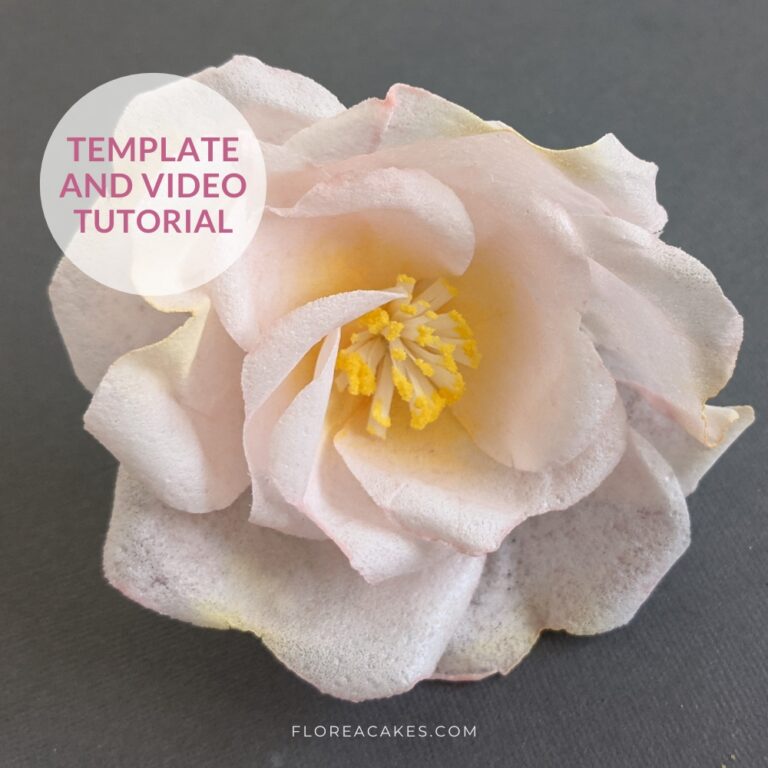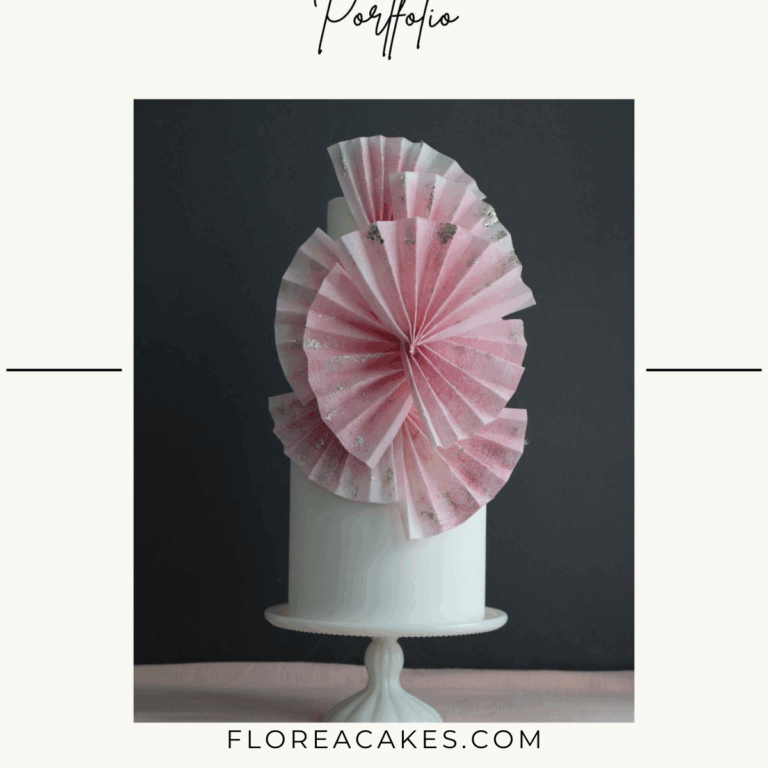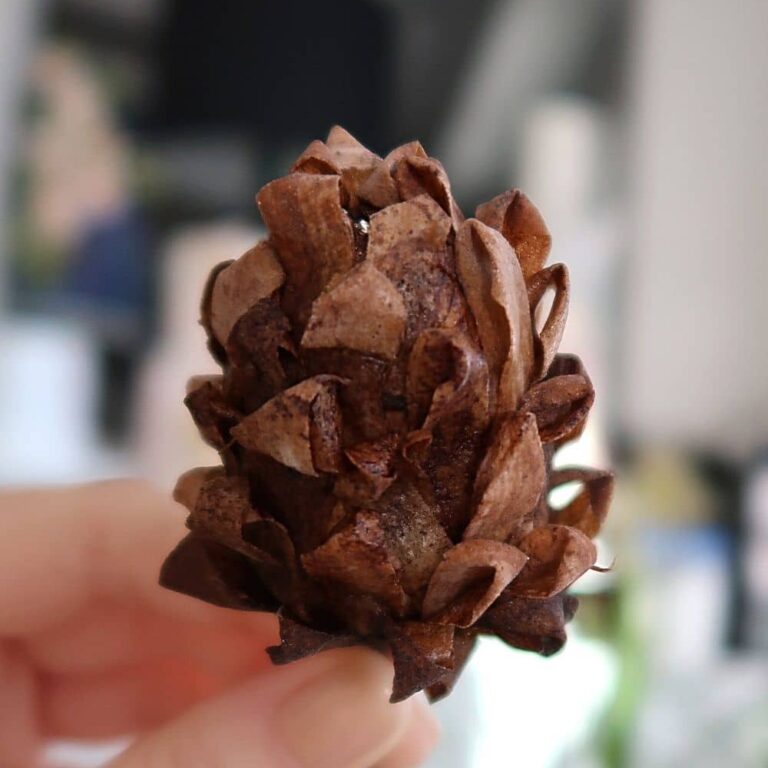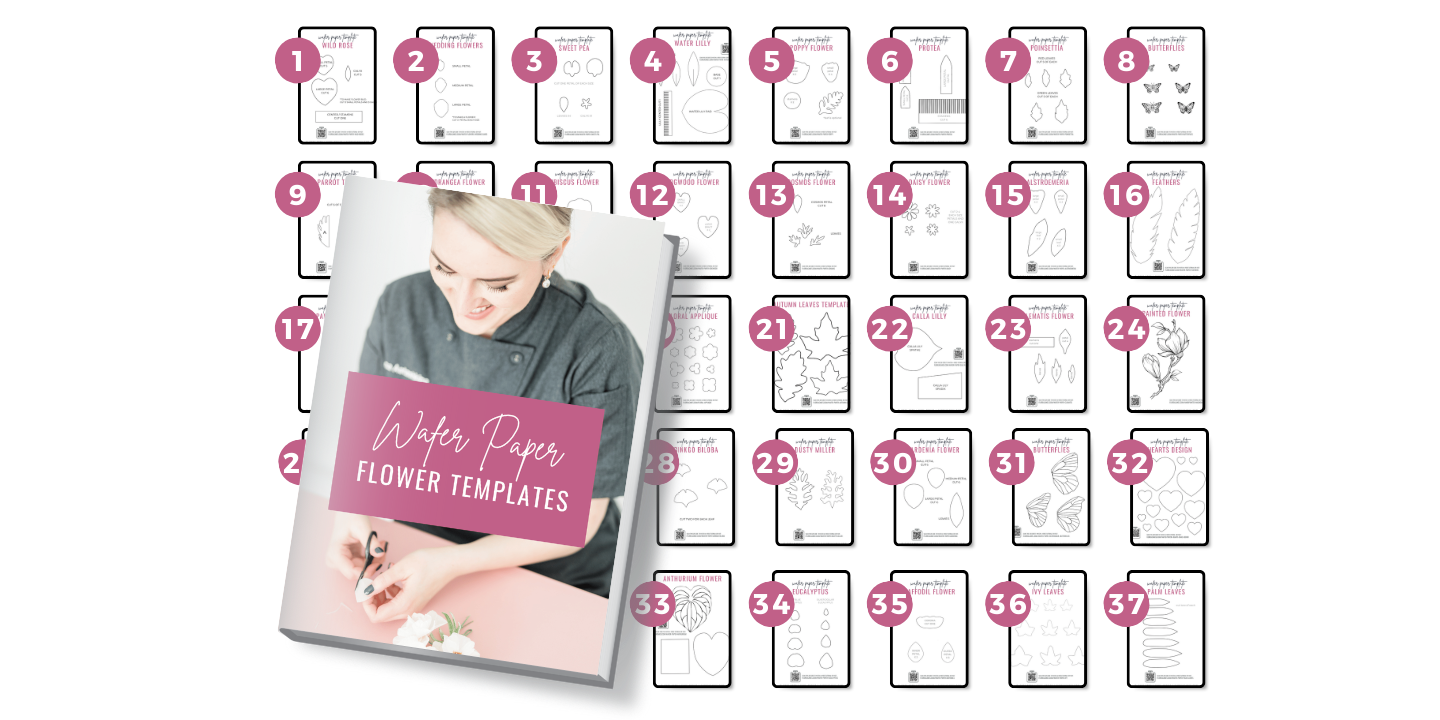Starting a wedding cake business is exciting, but it’s also a serious investment. Beyond the butter, flour, and fondant, there are costs you might not think about until you’re deep in the process. Whether you’re transitioning from birthday cakes or starting fresh, understanding the full picture of your expenses is key to building a sustainable business.
In this post, I break down the real costs involved, from equipment and licenses to tastings and delivery, so you can price with confidence, protect your margins, and avoid burnout.
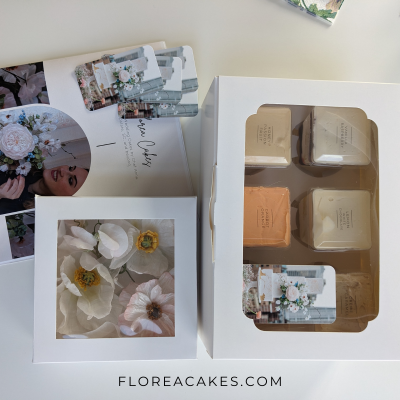
Startup Costs to Expect
Equipment and Tools
If you’re new to wedding cakes, expect to invest in quality baking pans (6”, 8”, and 10” are great starters), turntables, scrapers, and basic decorating tools. Even if you’re transitioning from birthday cakes, you may need extras like dummy tiers for portfolio building, sturdier support systems, and fridge space for larger orders.
Wafer paper flowers are a great way to reduce your initial investment—scissors, templates, and a few food colors go a long way.
Business Essentials
Starting a cake business also means getting legal. You’ll need to pay for licenses, permits, food safety certifications, and possibly set up an LLC. These aren’t optional, especially if you plan to deliver wedding cakes to venues that require proof of compliance. Don’t forget insurance and bookkeeping tools to keep everything legit and organized from day one.
Branding and Marketing
Lorem ipsum To attract clients, you also need to show up professionally. That might mean investing in a website, social media content, styled photoshoots, business cards, or even display setups for wedding fairs. You may also want to purchase templates for contracts or portfolios that save you time and protect your business.sit amet, consectetur adipiscing elit. Ut elit tellus, luctus nec ullamcorper mattis, pulvinar dapibus leo.
Ongoing Costs That Add Up
Ingredients and Supplies
Wedding cakes require premium ingredients and reliable tools. You’ll need to restock vanilla, flour, butter, boxes, boards, and dowels regularly. If you work with wafer paper flowers or sugar work, you’ll also go through food colors, wires, floral tapes, and specialty items that aren’t cheap when used at scale.
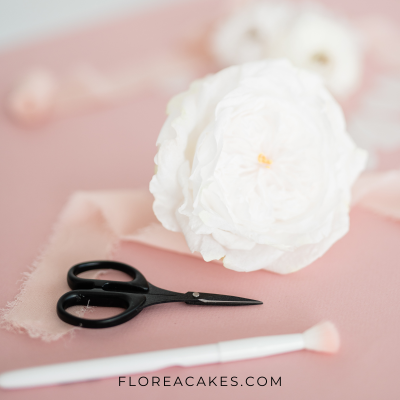
Admin and Tech Tools
Apps, scheduling tools, and bookkeeping software all come with monthly or annual fees. If you hire a CPA or bookkeeper (which is smart as your orders grow), that’s another line item. These backend costs are easy to forget but essential for a smooth business.
Time = Money
Every tasting, email, and design sketch takes time. And time is a major hidden cost. The hours you spend marketing, prepping and delivering add up fast. If you’re not charging for your time, you’re not truly covering your costs.
Hidden or Unexpected Costs
Tastings and Sample Boxes
Tasting boxes are an excellent sales tool, but the ingredients, prep time, packaging, and delivery all cost money. Even if you don’t charge upfront, you should include those expenses in your pricing model.
Read more: How To Prepare A Wedding Cake Tasting As A Home Baker
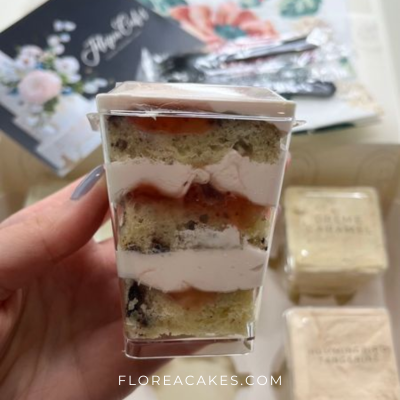
Delivery and Setup
Delivering wedding cakes isn’t just a drive. It’s time, gas, parking, setup stress, and sometimes help from a second person. Venues may have tight delivery windows or challenging layouts. If you underprice delivery, you’re absorbing a lot of hassle for free.
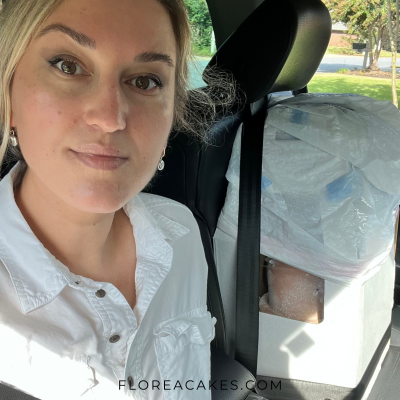
Education and Development
To stay competitive, you’ll likely invest in online classes, books, or in-person workshops. That’s part of the cost of doing business, not just a “nice to have.” The same goes for upgrading your skills to match the styles couples are asking for.
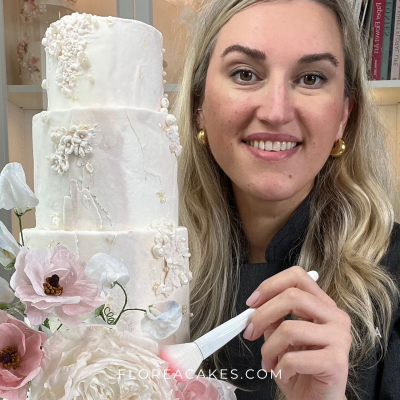
Why Undercharging Hurts Your Business
Underpricing might feel like the only way to book those first few weddings, but it quickly becomes unsustainable. If you’re barely covering your costs, you won’t be able to invest back into your business or yourself. Eventually, burnout or resentment will kick in.
Even if you’re new, charge enough to cover your time, materials and a profit margin. Starting low can be strategic, but it should be short-term. After a few weddings or styled shoots, you should be charging your full, profitable price.
How to Price Confidently for Profit
Confident pricing starts with knowing your numbers. Track your ingredient costs, your hours, and your fixed business expenses. Break it down per serving and include time for consultations, emails, design, and delivery.
When you understand exactly what it costs to make a cake, you can confidently explain your pricing to clients, and you’ll stop second-guessing yourself. Your confidence reassures them they’re making a smart investment.
Read more: How To Price Wedding Cakes For Profit
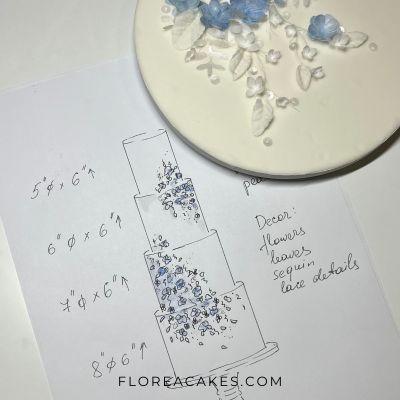
The Hidden Costs Behind Every Cake
Understanding the real costs behind your wedding cakes is the first step toward pricing with confidence and running a sustainable business. Whether you’re just starting out or looking to level up, the Cake Business Blueprint includes everything you need—contracts, pricing tools, portfolio templates, and more—to build a business that works for you.
If you’re ready to simplify your pricing, protect your time, and streamline your entire booking process, the Cake Business Blueprint can help. It includes contract templates, portfolio tools, pricing guides, and everything you need to run your wedding cake business like a pro.
